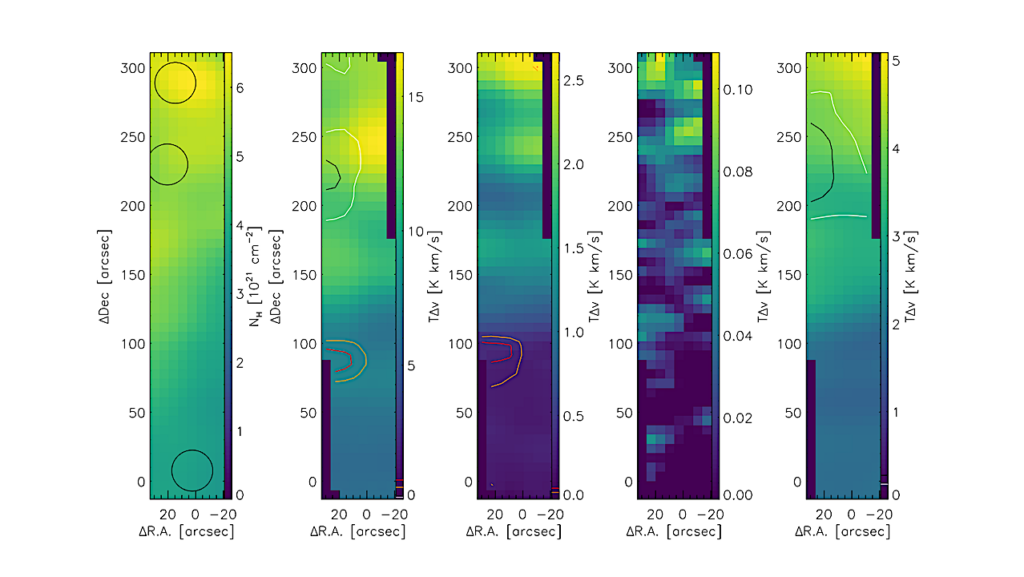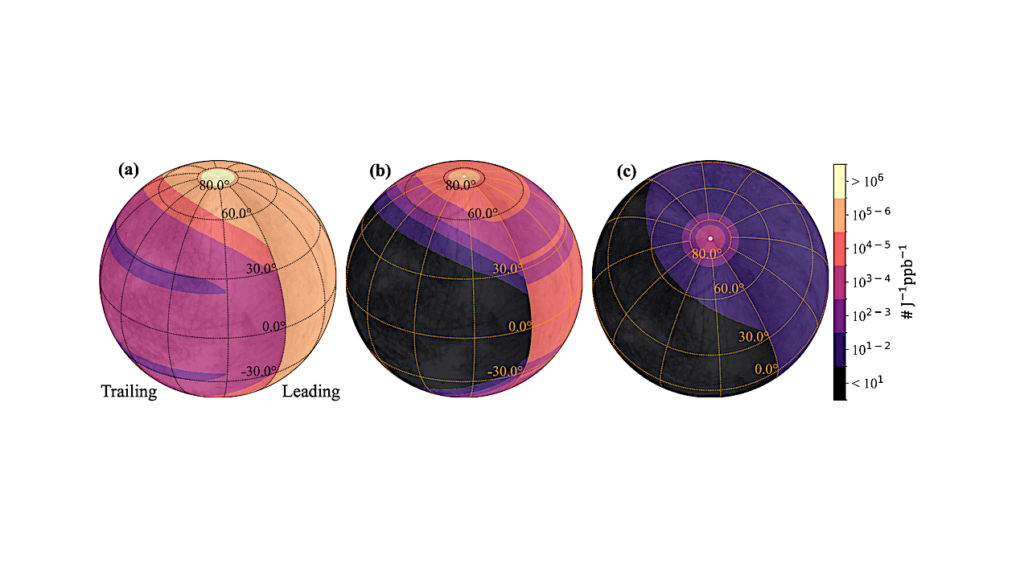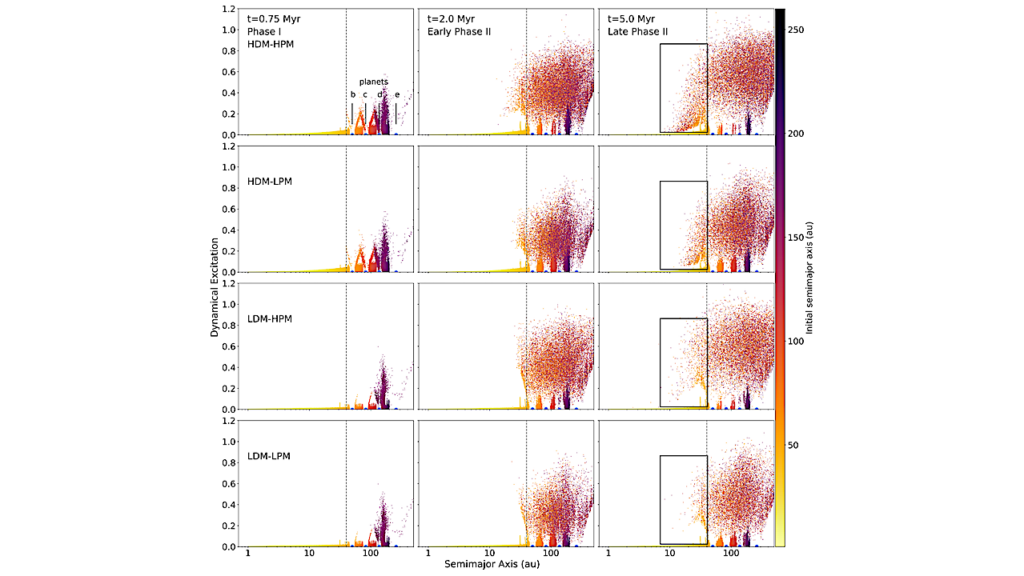Deducing The Composition of Venus Cloud Particles With The Autofluorescence Nephelometer (AFN)

The composition, sizes and shapes of particles in the clouds of Venus have previously been studied with a variety of in situ and remote sensor measurements. A number of major questions remain unresolved, however, motivating the development of an exploratory mission that will drop a small probe, instrumented with a single-particle autofluorescence nephelometer (AFN), into Venus’ atmosphere.
The AFN is specifically designed to address uncertainties associated with the asphericity and complex refractive indices of cloud particles. The AFN projects a collimated, focused, linearly polarized, 440 nm wavelength laser beam through a window of the capsule into the airstream and measures the polarized components of some of the light that is scattered by individual particles that pass through the laser beam.
The AFN also measures fluorescence from those particles that contain material that fluoresce when excited at a wavelength of 440 nm and emit at 470-520 nm. Fluorescence is expected from some organic molecules if present in the particles. AFN measurements during probe passage through the Venus clouds are intended to provide constraints on particle number concentration, size, shape, and composition. Hypothesized organics, if present in Venus aerosols, may be detected by the AFN as a precursor to precise identification via future missions.
The AFN has been chosen as the primary science instrument for the upcoming Rocket Lab mission to Venus, to search for organic molecules in the cloud particles and constrain the particle composition.
Darrel Baumgardner, Ted Fisher, Roy Newton, Chris Roden, Pat Zmarzly, Sara Seager, Janusz J. Petkowski, Christopher E. Carr, Jan Špaček, Steven A. Benner, Margaret A. Tolbert, Kevin Jansen, David H. Grinspoon, Christophe Mandy
Comments: Published in Aerospace as a part of the Special Issue “The Search for Signs of Life on Venus: Science Objectives and Mission Designs” (this https URL)
Subjects: Instrumentation and Methods for Astrophysics (astro-ph.IM); Earth and Planetary Astrophysics (astro-ph.EP)
Cite as: arXiv:2209.02054 [astro-ph.IM] (or arXiv:2209.02054v1 [astro-ph.IM] for this version)
Journal reference: Aerospace 2022, 9, 492
Related DOI:
https://doi.org/10.3390/aerospace9090492
Focus to learn more
Submission history
From: Janusz Petkowski
[v1] Mon, 5 Sep 2022 16:59:35 UTC (1,673 KB)
Full paper: https://arxiv.org/abs/2209.02054
Astrobiology








